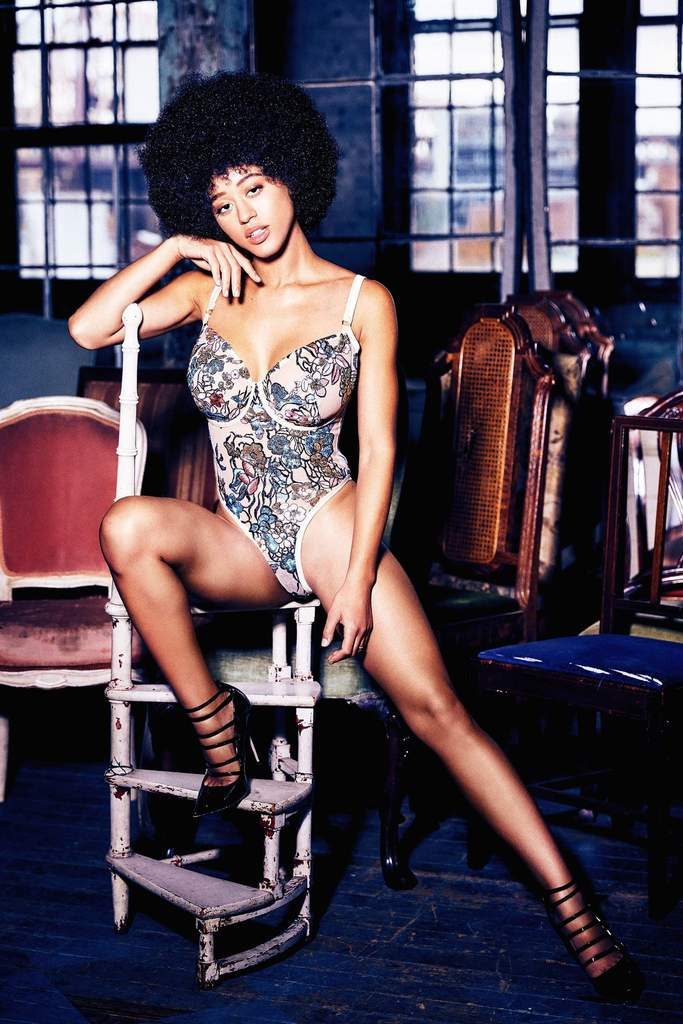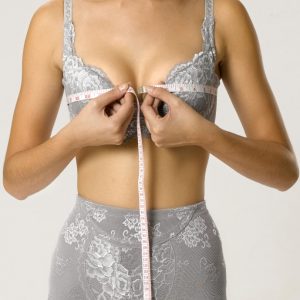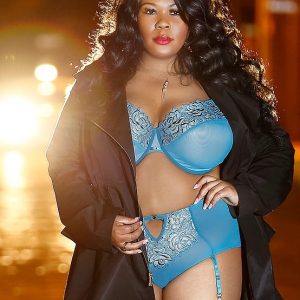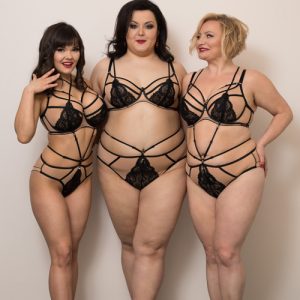Lingerie Sample Sizes, Part 2: How Do Brands Pick Sample Sizes?
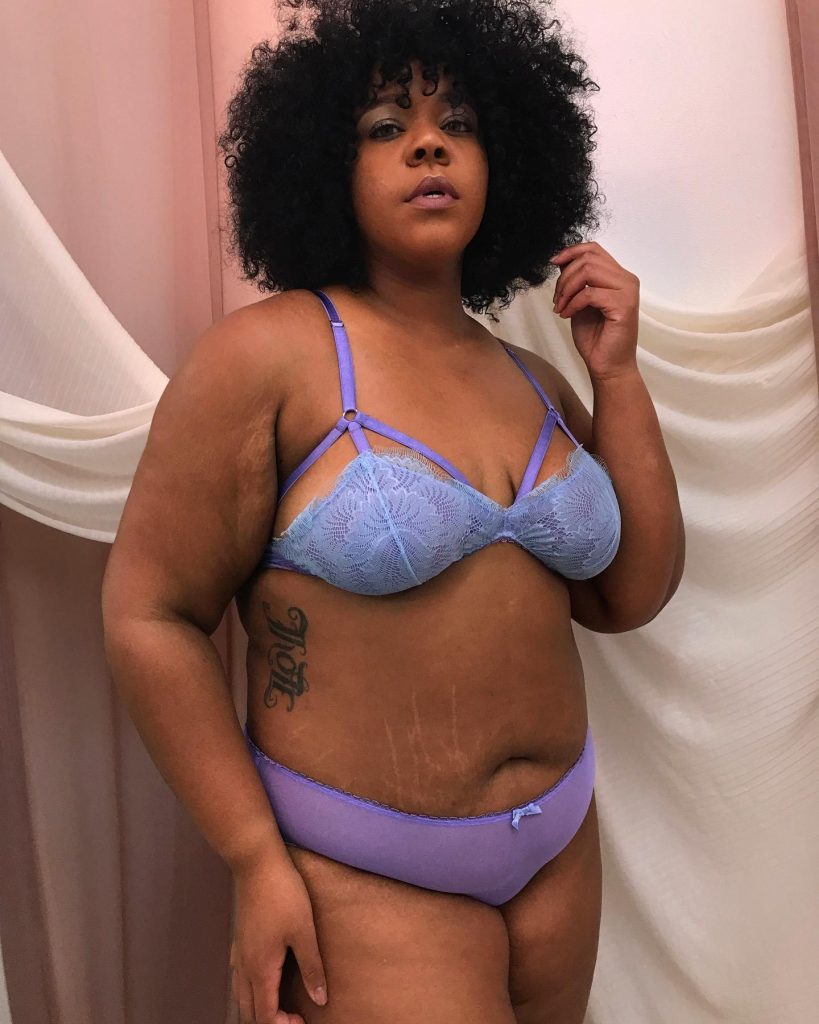
Uye Surana Traci Demi Eyelash Lace Wireless Bra, $75, and Panty, $55
The idea of a sample size is fraught with emotion for some people, but as we learned in Part 1 of this series, most samples aren’t meant to be seen by the customer and have nothing to do with the “ideal” human form. Samples are simply garment prototypes, sewn before a style goes into mass production.
We also learned that all brands, even those known for having multiple sample sizes on the runway and in photoshoots, use only a handful of sample sizes for initial fit testings. There are so many reasons why this is, but the biggest reason? Money.
Samples are expensive, and can cost many times more to make than the final retail price of the garment in stores. One designer I spoke to told me it costs her label between $250 to $1500 to make each sample. Why spend thousands of dollars on a prototype that might not even make it to the factory?
Of course, there are outside factors behind picking sample sizes, from designers' preferences to the dress forms they have available. To discover those nuances, we've interviewed a handful of diverse lingerie brands to see how different companies approach samples and sample sizes. Let’s find out what those sizes are, how they're selected, and what they're used for.
Department Store Brand: Hanky Panky
Sample sizes: Small, 1X, 34B
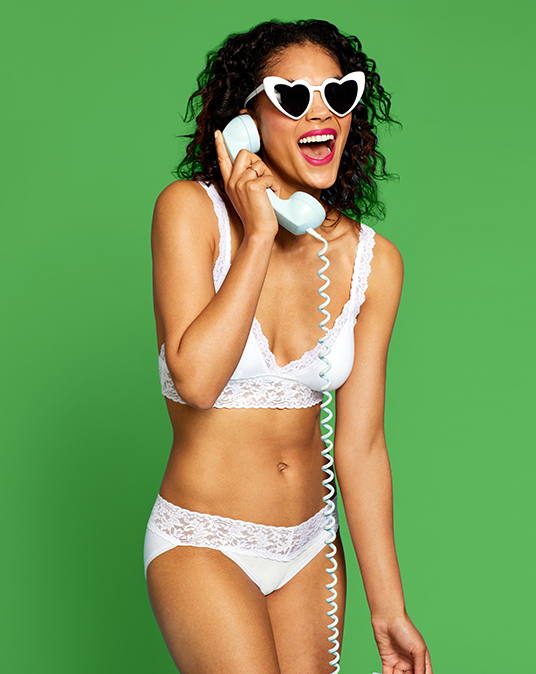
Hanky Panky Organic Cotton Padded Bralette, $68, and V-kini, $32
Founded in 1977 and sold in over 60 countries worldwide, Hanky Panky is an international brand best known for their made-in-NYC lace thongs. They use samples to show their line to buyers, lend out to press, photograph for their website and lookbooks, and to send to the factory as reference during production.
“Size small is the most versatile size for our sample needs,” says Larissa King, Senior Designer at Hanky Panky. “It the size of our dress forms, long term fit model, and Gale [Epstein, the brand’s founder], who still tries on every single style to make sure she’s happy with how it feels on the body.” 1X is used for plus sized items, and 34B is used for bras.
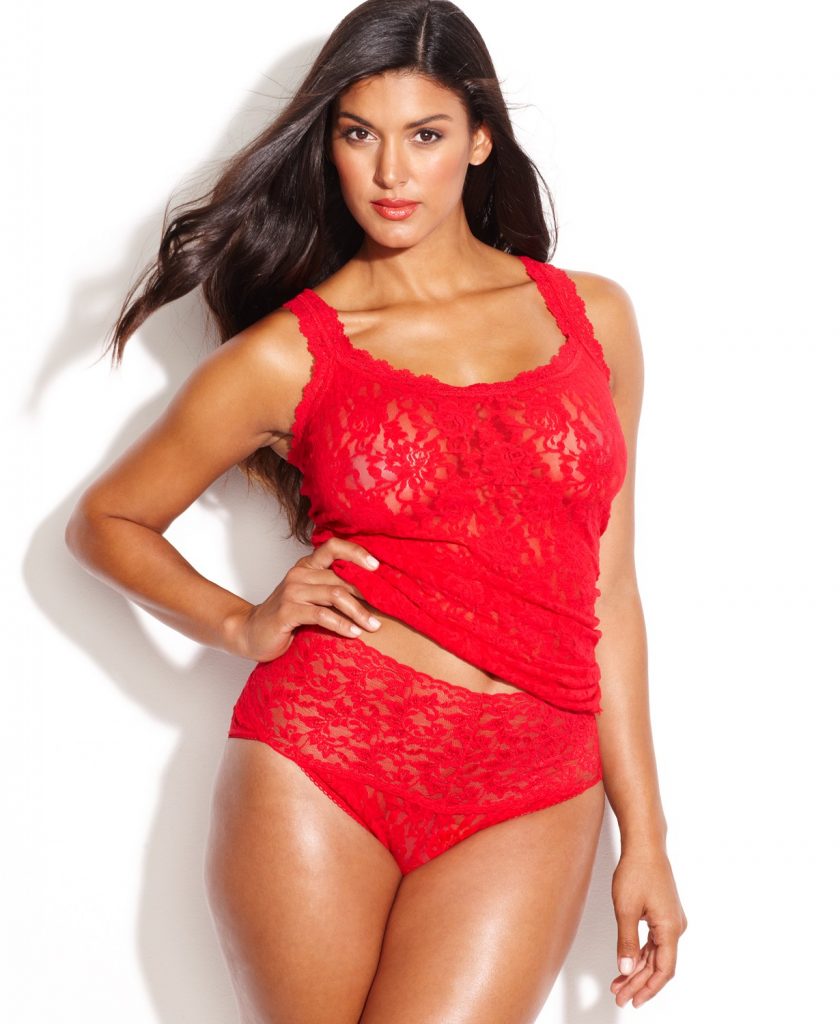
Hanky Panky Plus Size Signature Lace Camisole, $56, and Retro V-kini, $39, via Macy's
Once a new item is fully developed and ready to be taken to trade shows, the company makes about 50 samples in every color available. It’s a huge expense, but when you have dozens of sales representatives, distributors, and showrooms around the world, it’s a necessity.
King says that making all samples in one size keeps costs down and makes the final items less expensive. And since most garments are not graded before they’re photographed for lookbooks and promotional materials, the company has to hire sample-sized models for their photoshoots.
Editorial Brand: Chromat
Sample sizes: Small, Medium, 2X
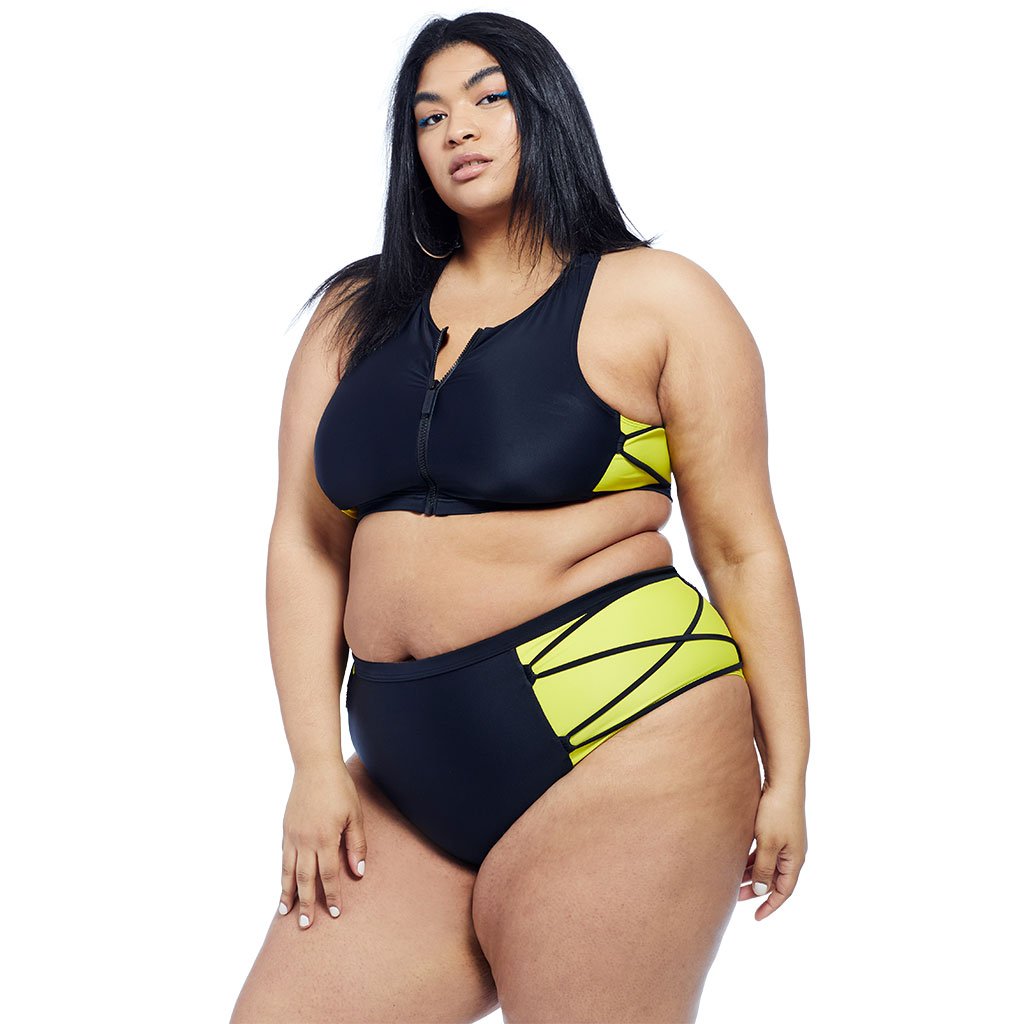
Chromat Launch Top, $98, and Launch Bottom, $88
Chromat is a line of swim and body wear known for making runway and photoshoot samples in multiple sizes, but they start small for initial samples. And they used to start even smaller: “When we were starting out, we used to make all our samples in a size small and some in size large, as that is what mannequins we had available,” says Chromat founder Becca McCharren-Tran.
They’ve since added a “super anatomical dressform” in size 2X, created from thousands of body scans, which helps them develop effective samples in larger sizes.
After years of selling wholesale to department stores and boutiques, Chromat now sells exclusively DTC, or direct-to-consumer, meaning you’ll only find Chromat items for sale from Chromat themselves. Skipping the entire wholesale process means they’re able to offer lower prices to their customers, while flouting the sample expectations of buyers and retailers.
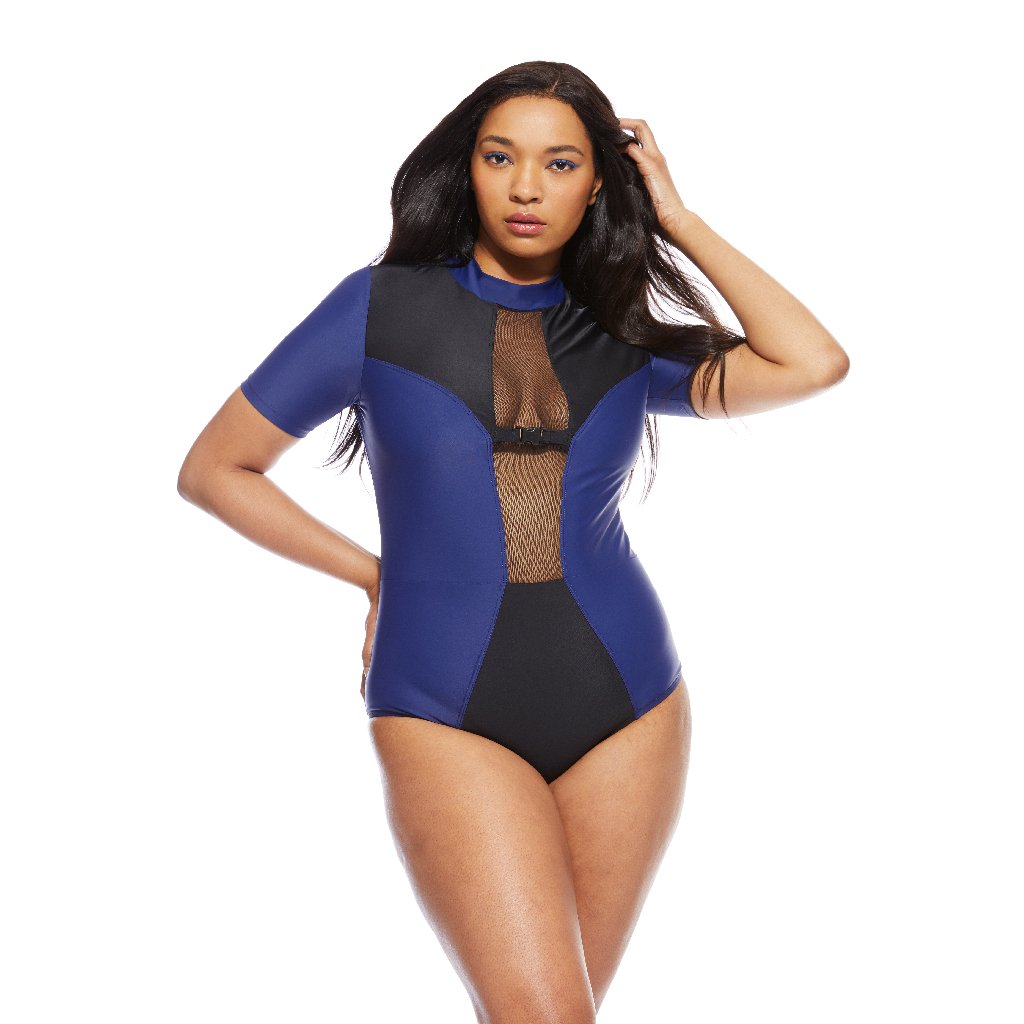
Chromat Tidal Suit, $228
“Before going DTC, we used to shoot the entire collection with size small or medium models,” says McCharren-Tran. “Stores like Nordstrom and Barneys would also request all samples in size small for their e-commerce photography.” Now that Chromat is launching future collections on their own terms, they can pick whatever sample sizes they want. Chromat uses their initial samples to test fit for comfort, wearability, and aesthetic. Later samples are custom made for their photoshoot and runway models' specific sizes.
One-Woman Label: Uye Surana
Sample sizes: 34B and 34DD
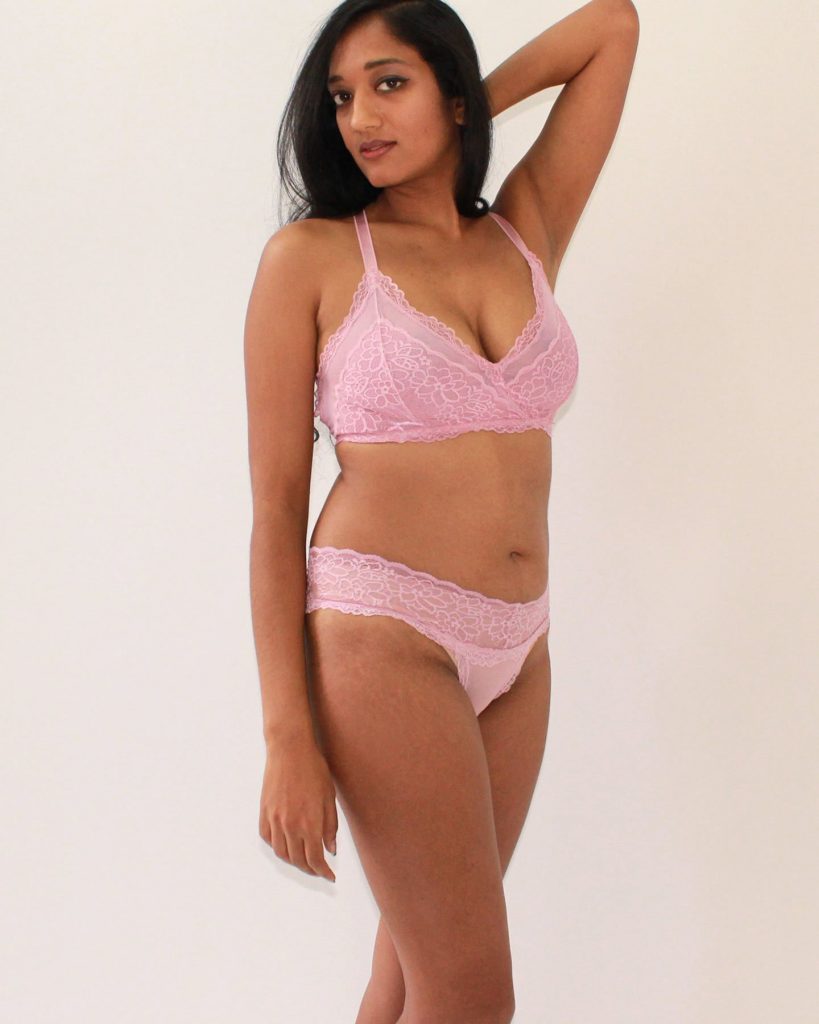
Uye Surana Lacey Easy Fit Bralette, $48, and Panty, $28
This handmade NYC-based indie brand makes wireless bras in over 70 sizes, as well as bralettes in sizes XS-3XL. Uye Surana's designer and founder, Monica Wesley, chose their two sample sizes to focus on the needs of both core sizes and fuller bust sizes. She uses samples for fittings, wear testing, and photoshoots.
“We also check the fit of all of our sizes in our range after the initial samples are made to see if any additional modifications need to be made,” Wesley says. After initial developments, the brand makes new samples for each new garment in all sizes. This is a very unusual practice, especially for a small company.
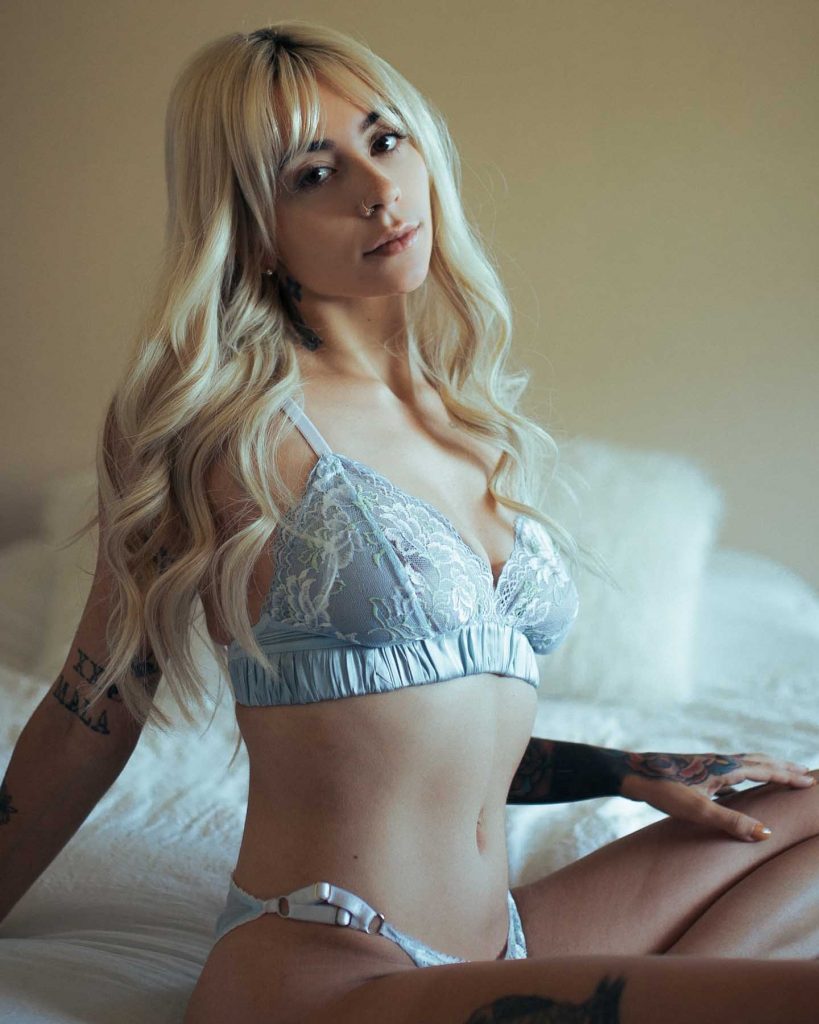
Uye Surana Luxe Alexis Wireless Bra, $87
Each size is then tested on friends and contacts in Wesley’s network, who try on the items and provide feedback. “We have them try [the sample] on, and adjust test the style based on how we would like it to fit or work,” she says.
Multi-Brand Company: Playful Promises
Sample sizes: 34B, 32F, 38DD
Playful Promises is a fashion-forward lingerie company with a massive size range, selling bras in 88 sizes from 28-44 bands and UK A-H cups through seven separate brands, including Peak & Beau and Bettie Page Lingerie. Their sample size choices are based off of the three segments they produce—core, full bust, and plus—and are based off of the fit models they use.
“It’s actually quite hard to get good fit models,” says Anna Swiczeniuk, Brand Director of Playful Promises. ”It’s not just about size, but about being able to understand how a bra fits and communicate this.” So instead of finding fit models to test out their samples, they make sure their samples fit the models they trust. This also guarantees a consistent fit for all garments across their lines.
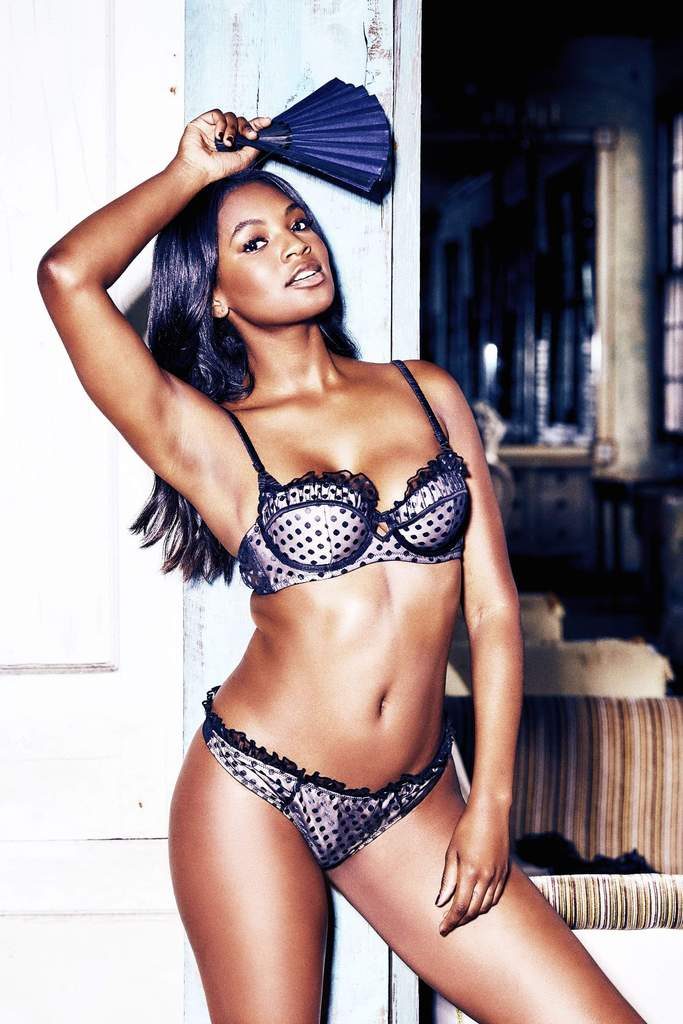
Playful Promises Cara Dot Mesh Ruffle Bra, $51, and Thong, $20
Because of budget and time restraints, Playful Promises uses the same samples for photography as well as initial fit testing. That means they have to find models that are about the same size as their fit models. Also, Swiczeniuk notes, “It’s why sometimes photoshoot samples don’t always fit perfectly.”
Final Thoughts
Despite their differences, all the brands featured here have two major parallels when it comes to sampling: They start with a small number of sample sizes per garment, and their samples are meant to do more than just fit photoshoot models. No matter the brand, samples almost always act as fit tests, factory references, sales tools, and style examples.
If you don't see your bra size listed among the sample sizes listed above, don't fret. It doesn't mean you're abnormal, and it doesn't mean the companies in question aren't making lingerie for you. Sample sizes are a starting point for developing a collection.
Lingerie samples aren't meant to reflect the ideal body type, or even the "average" body type. Instead, these prototype garments are multi-tasking tools for the fashion and lingerie industry.





